News in Brief
-
 Neuroscience
NeuroscienceFood odors are more enticing to sleep-deprived brains
Sleep deprivation makes the brain more sensitive to food smells.
-
 Neuroscience
NeuroscienceMore brain differences seen between girls, boys with ADHD
ADHD looks different in the cerebellums of girls and boys with the condition.
-
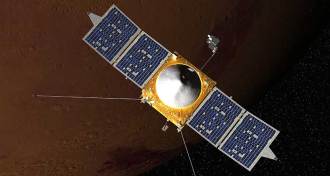 Planetary Science
Planetary ScienceExtreme gas loss dried out Mars, MAVEN data suggest
Over the planet’s history, the Martian atmosphere has lost 66 percent of its argon and a majority of its carbon dioxide, according to data from NASA’s MAVEN spacecraft.
-
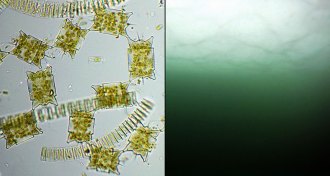 Oceans
OceansThinning ice creates undersea Arctic greenhouses
Arctic sea ice thinned by climate change increasingly produces conditions favorable for phytoplankton blooms in the waters below, new research suggests.
-
 Neuroscience
NeuroscienceSarcasm looks the same in the brain whether it’s words or emoji
Sarcasm via winking emoji affects the brain like verbal irony does.
-
 Neuroscience
NeuroscienceMath-anxious brains tackle simple problems differently
An fMRI study found more variable brain activity in people who get nervous about math problems.
-
 Archaeology
ArchaeologyPalace remains in Mexico point to ancient rise of centralized power
An ancient royal structure gets new life in southern Mexico.
By Bruce Bower -
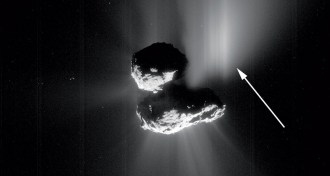 Astronomy
AstronomyClose pass by sun didn’t radically alter comet 67P’s landscape
Landslides on comet 67P shot plumes of dust into space, but changes like these might not radically alter the landscape of the comet.
-
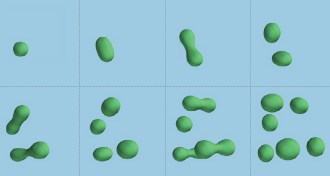 Life
LifeLife on Earth may have begun as dividing droplets
Chemical droplets could split and reproduce in the presence of an energy source, new computer simulations suggest.
-
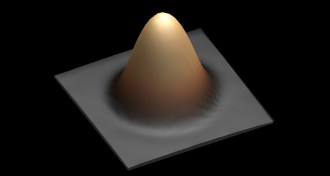 Physics
PhysicsSingle-atom magnets store bits of data
Scientists read and write data by harnessing the magnetic properties of holmium atoms.
-
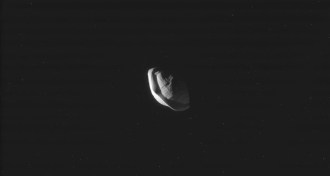 Astronomy
AstronomySaturn’s moon Pan looks like ravioli
Photographs taken this week by NASA’s Cassini spacecraft provide a closer view of Saturn’s small moon Pan, which resembles ravioli.
-
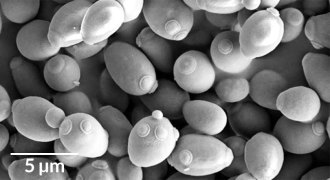 Genetics
GeneticsScientists move closer to building synthetic yeast from scratch
Scientists have created five more synthetic yeast chromosomes.